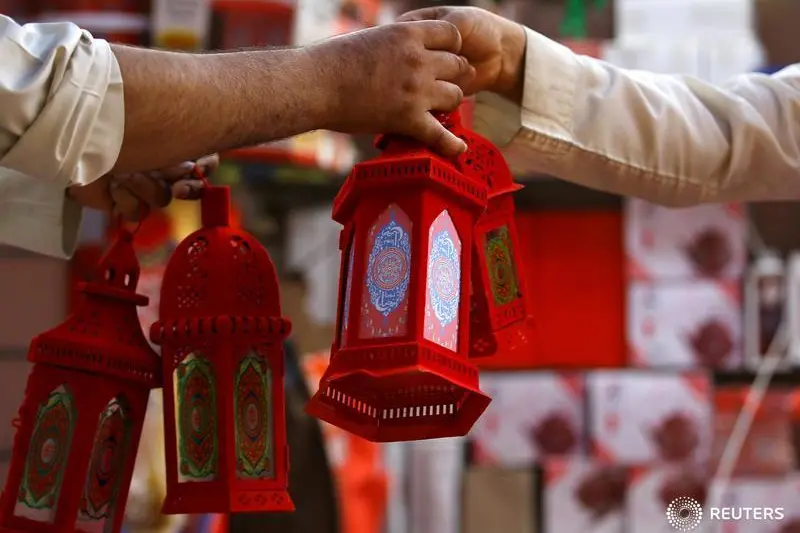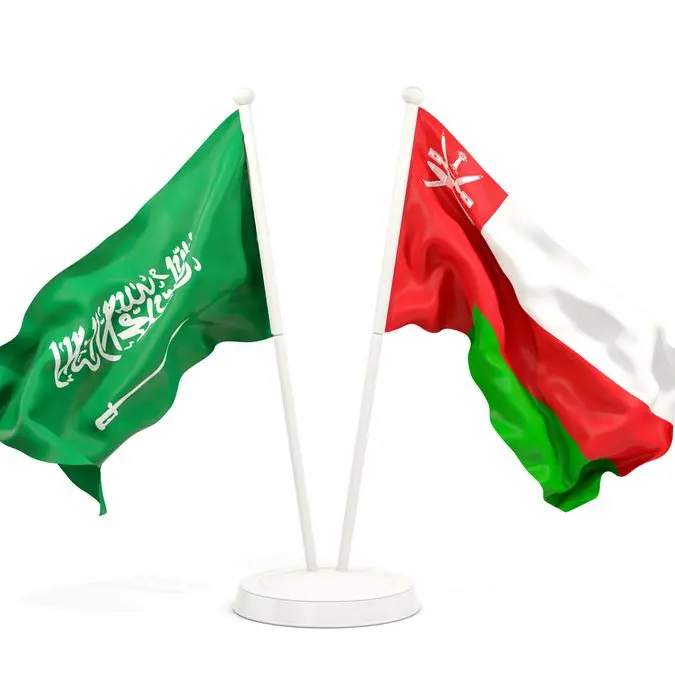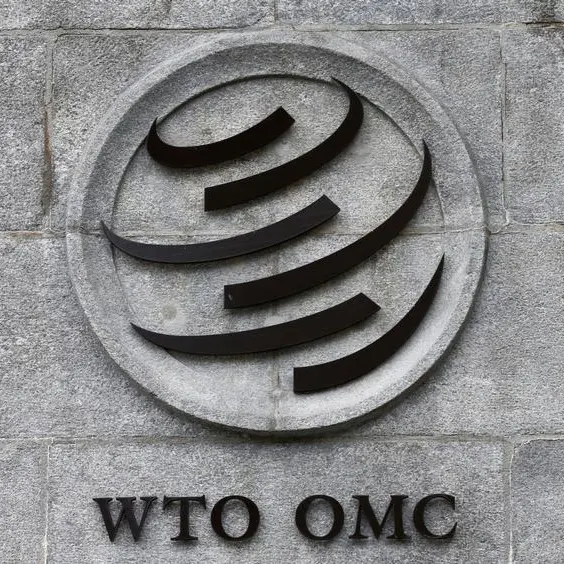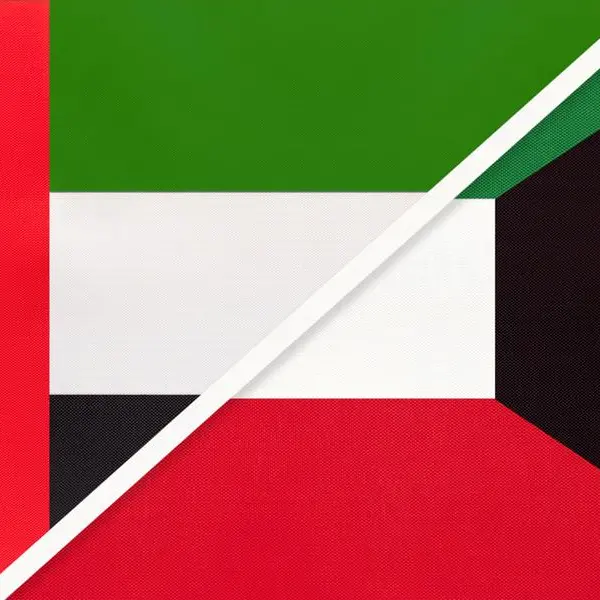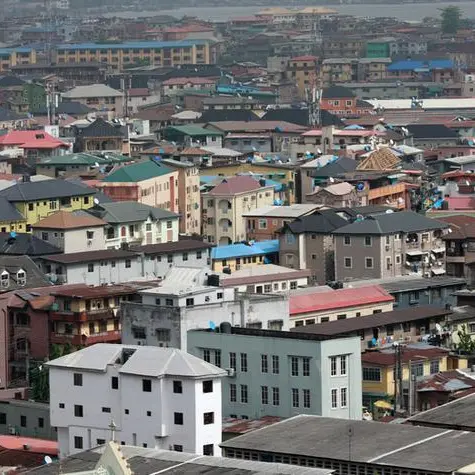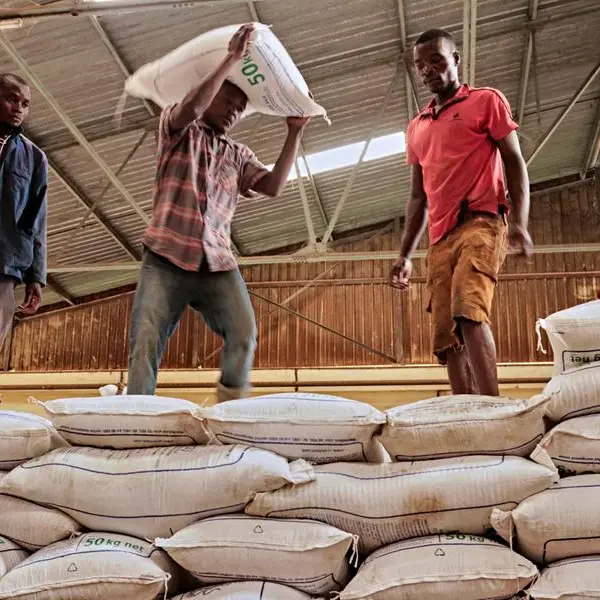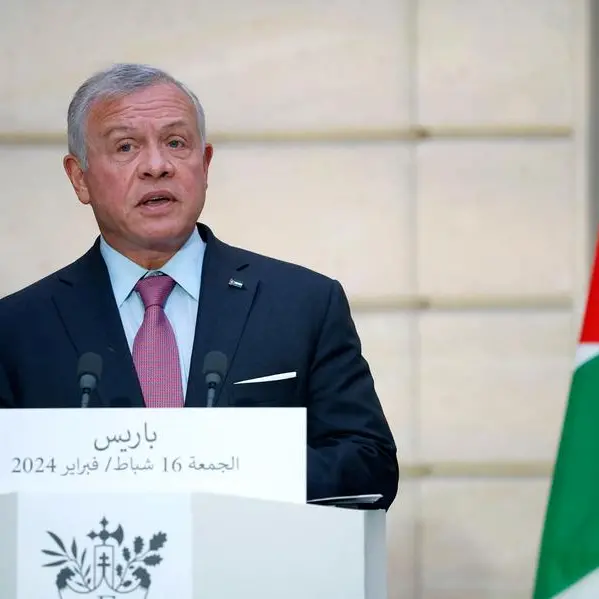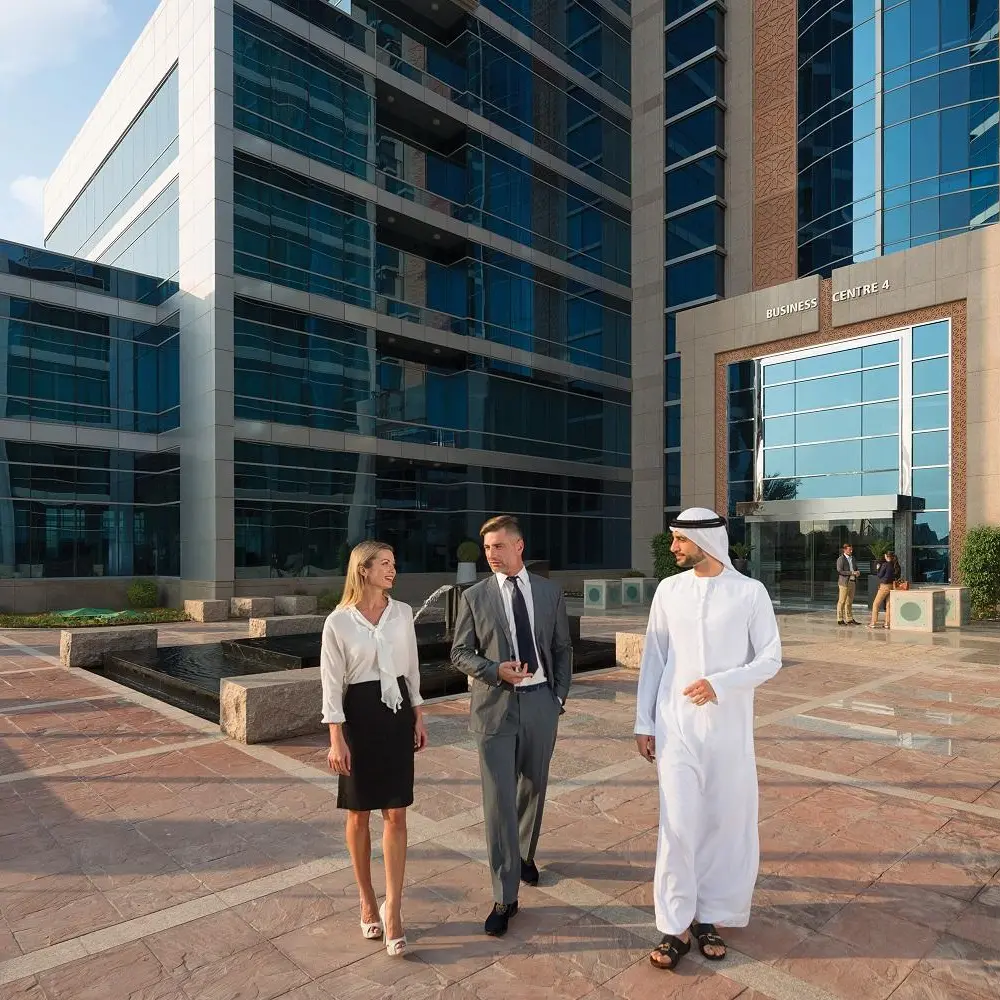PHOTO
Thursday 9 June 2016
JEDDAH: The outlook is improving for the Saudi economy with crude oil prices recovering over the last month to trade near the $50 mark, according to a report from Al-Rajhi Capital. The credit growth rate in Saudi Arabia witnessed a robust growth, but deposits registered an annual drop in April 2016, added the latest report on the Kingdom's economy. It added that total credit growth (banks' claim on the private sector) continued to show robust improvement, recording 10.1 percent y-o-y growth in April 2016 (10.0 percent y-o-y in the previous month). On the other hand, the deposit growth rate declined by 1.7 percent y-o-y in April 2016 as compared to a drop of 0.6 percent y-o-y in the previous month.
The drop in the deposit growth rate is primarily due to fall in government deposits. On a monthly basis, credit given to the private sector increased by 0.4 percent, whereas deposits declined by 0.7 percent, leading to an increase in the loan-to-deposit ratio to 88.7 percent in April 2016, as compared to 87.5 percent in March 2016. According to the Al-Rajhi Capital report on Saudi economy, the recently released NTP document outlined stable crude oil production capacity (12.5 million bpd) till 2020 which augurs well for the oil market. Moody's downgraded the Kingdom's credit rating from Aa3 to A1, following similar downgrades from S&P and Fitch in February and April 2016 respectively, reflecting impact of prolonged period of low oil prices.
The Kingdom is planning to raise $15 billion in its first international bond sale, and the rating downgrade will increase its financing costs. Meanwhile, non-oil exports continued to decline in February 2016, though at a slower pace, whereas non-oil imports fell at a faster pace in the same month. Foreign reserve assets dropped further in April as the government continued to withdraw foreign reserves to finance its deficit. "However, we believe the outlook is improving for the Saudi economy with crude oil prices recovering over the last month to trade near the $50 mark, supported by supply outages, US inventory drawdown and upward revision in consumption estimate by the EIA," said the Al-Rajhi Capital's research team.
The report said that private sector credit growth remained strong in April 2016, though deposits declined over the same period. Further, the non-oil private sector PMI rose to a six-month high in May, backed by a rise in output and new orders. On the inflation front, the general cost of living index climbed 4.2 percent y-o-y in April 2016. On the equity front, the benchmark index Tadawul All-Share Index registered a monthly drop of 5.3 percent in May 2016. Meanwhile, Public Investment Fund (PIF) made its first major investment after the "Vision 2030" announcement, investing $3.5 billion in Uber.
This is PIF's first major investment after the announcement of the "Vision 2030" which slated out major plans to transform the fund into the largest Sovereign wealth fund in the world, stated the AL-Rajhi Capital's report. The investment not only indicates that fund's intent of diversification from oil and gas, but also its aimn to generate wealth through growth. The report added the total current value of the fund is estimated to be $200 billion. According to Bloomberg, the PIF holds more than 5 percent stake in 18 listed Saudi companies, the total value of which comes to $100 billion. There are also reports that the PIF is considering a $8 billion bid for the King Abdullah Financial District.
© Arab News 2016
